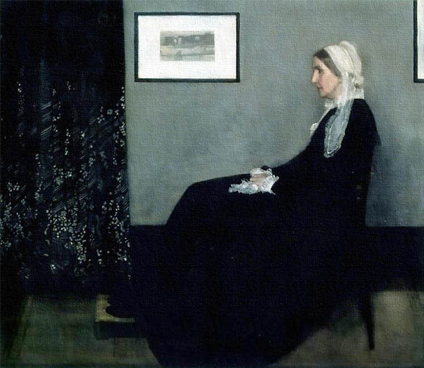Andrew Graham-Dixon finds James McNeill Whistler, archetypal dandy and art-for-art's sake aesthete, too tasteful for his own good
Ruskin's rather too famous attack on Whistler for, as he put it, ''flinging a pot of paint in the public's face'', is an insult which can easily be turned into a compliment. How bravely and aggressively modern it makes Whistler sound - and that, rather than its presumed philistinism, is what is really wrong with the remark. It is an indictment that credits Whistler with a recklessness and an abandon which he never actually possessed (and which would have made him a more considerable painter). Whistler did not fling. Whistler arranged.
The most famous of his ''arrangements'' may also be the most revealing of his pictures because it is the only one in which he confronted his own most pronounced emotional characteristics as an artist: a profound and slightly debilitating fear of things, a wary distrust of the world, of life and light and colour, which both made him who he was and held him back all his life. He called it Arrangement in Grey and Black, but the world now knows it as ''Whistler's Mother'' and it is currently to be found at the centre of the Tate Gallery's beautiful, exemplary but in the end somewhat dispiriting retrospective of this intriguing artist's work.
The most common misreading of Whistler's best-known picture assumes it to reveal a gap between the painter - the sophisticate and aesthete, the art-for- art's-sake dandy - and his plain old homespun Ma. In fact it demonstrates a secret alliance between mother and son, and there may also be a sad and accurate prophecy locked up in the demonstration. Whistler would never quite release himself from the attitudes of the woman who gave birth to him....


